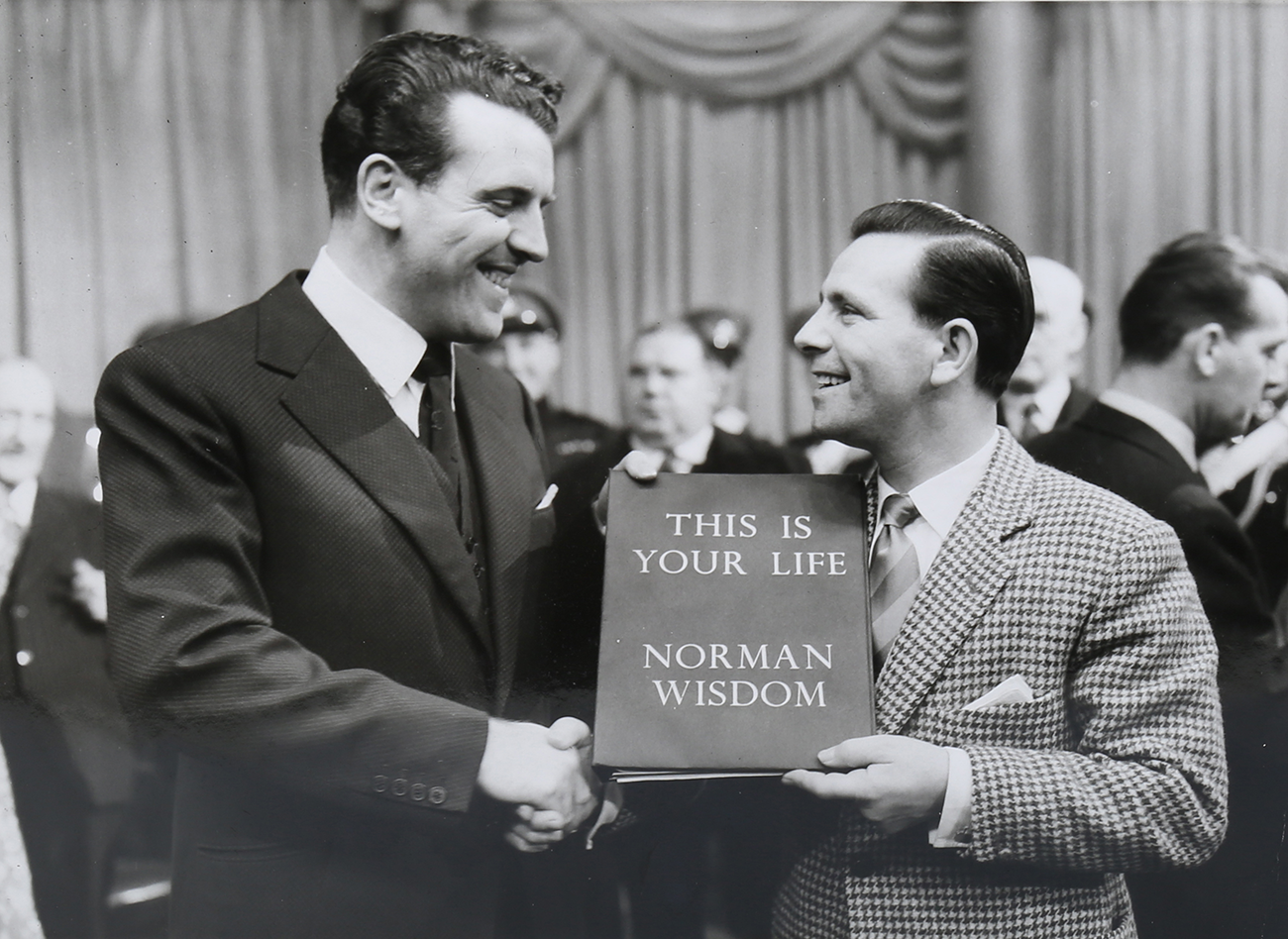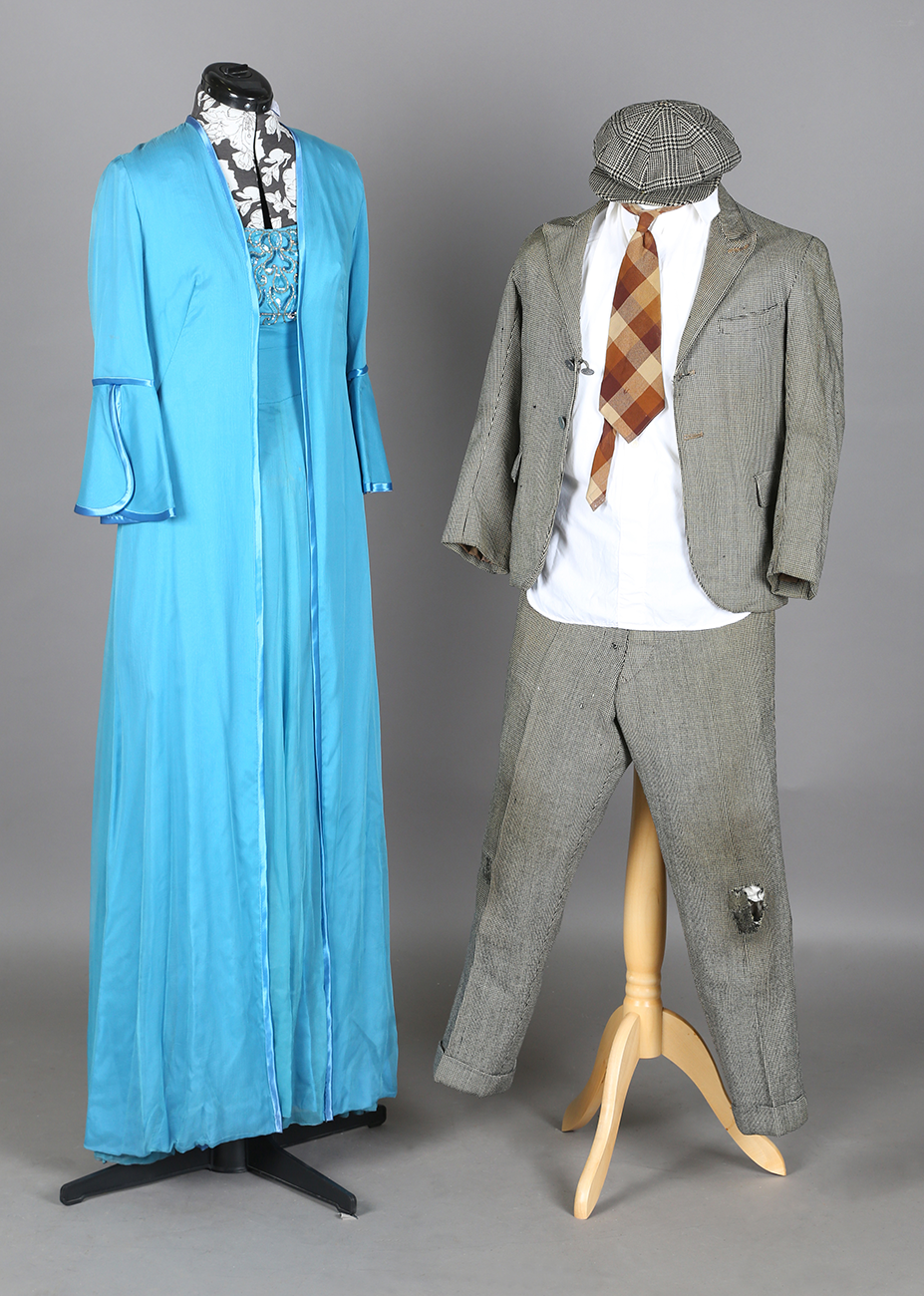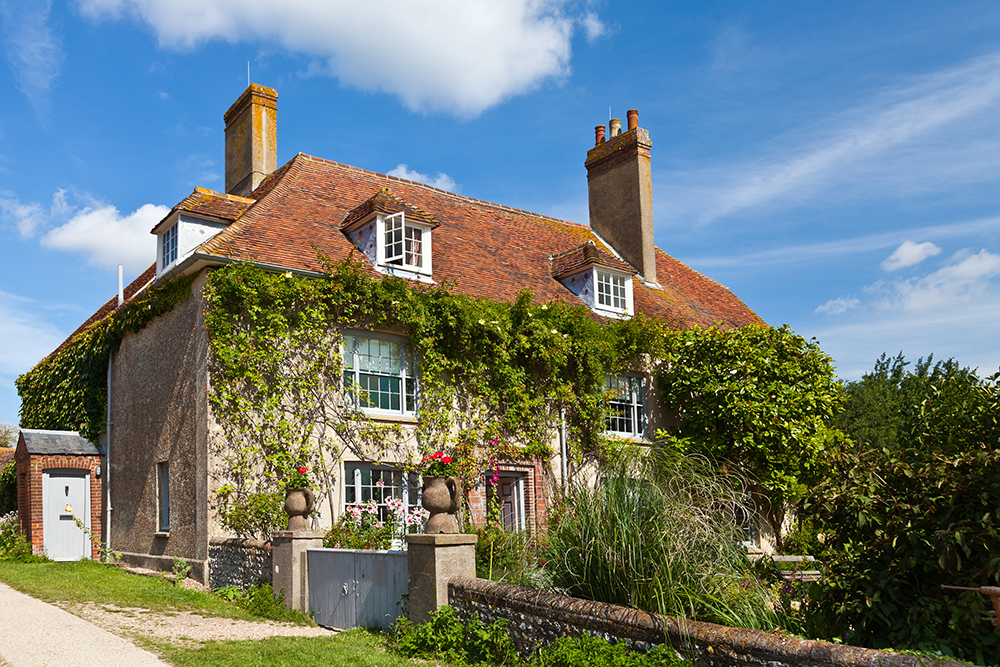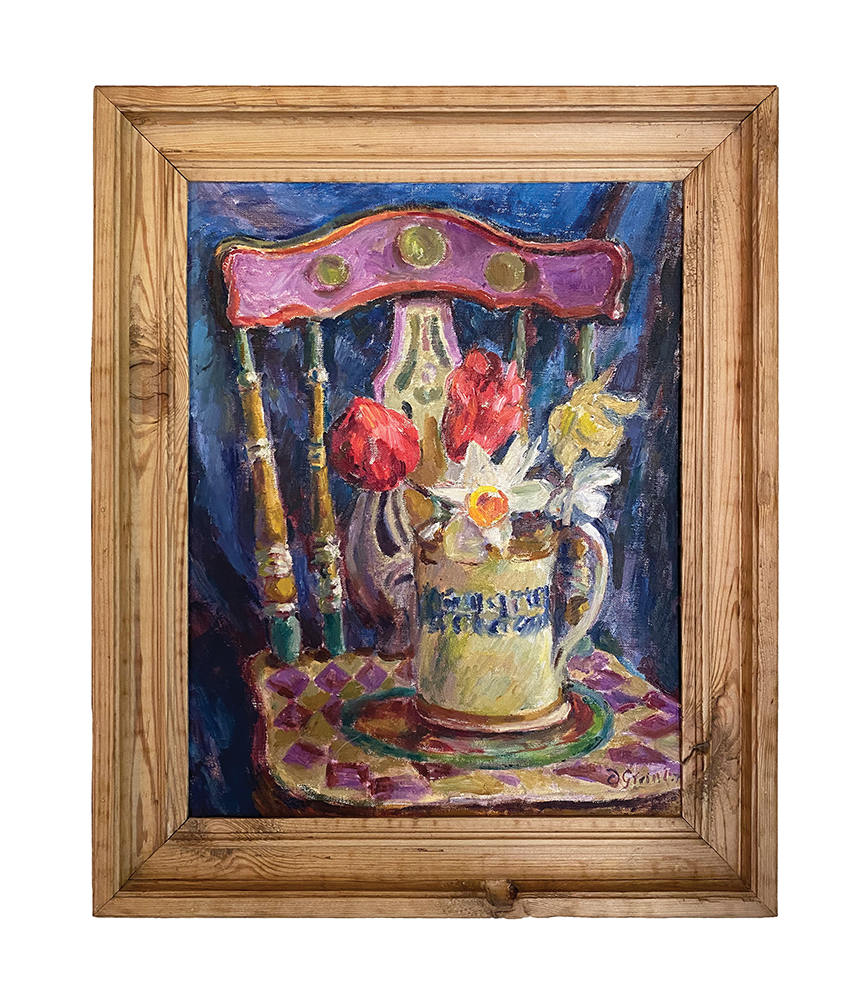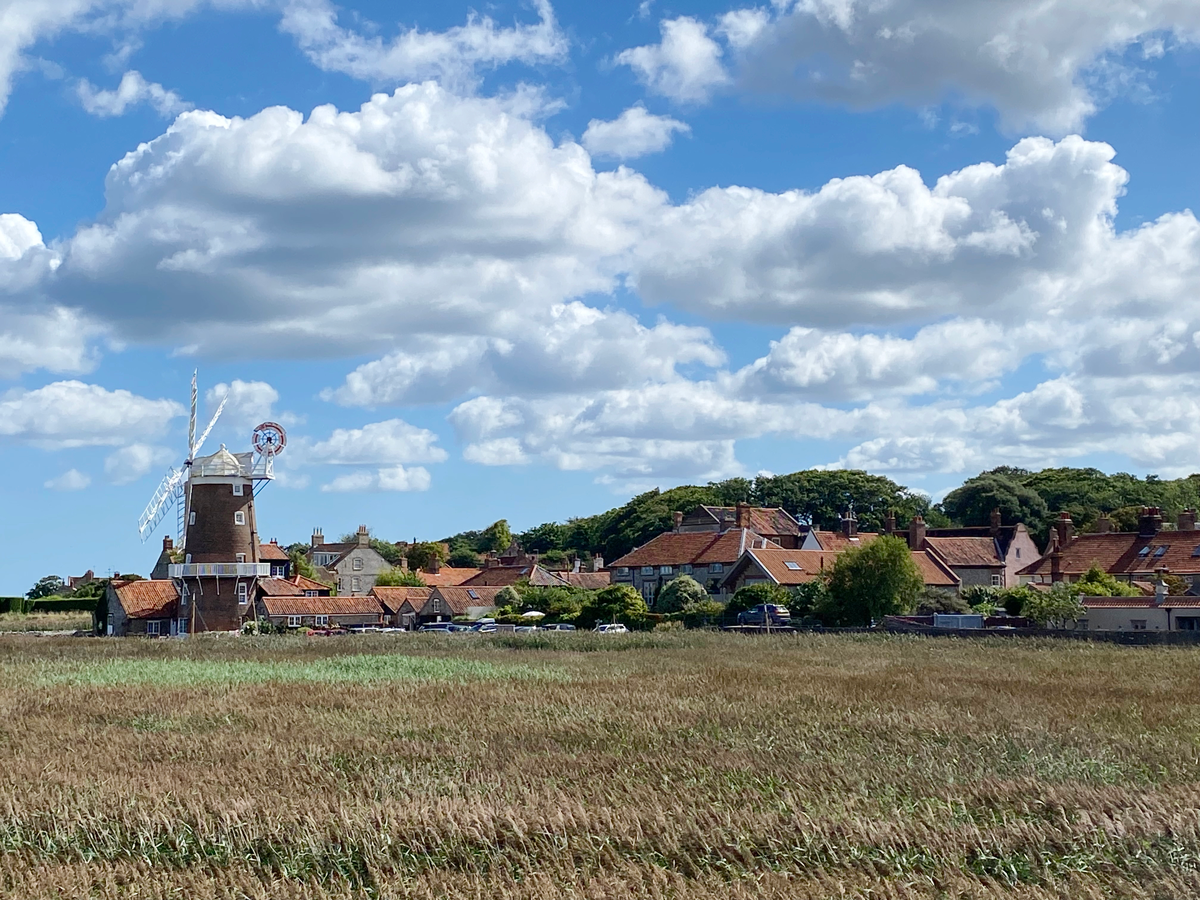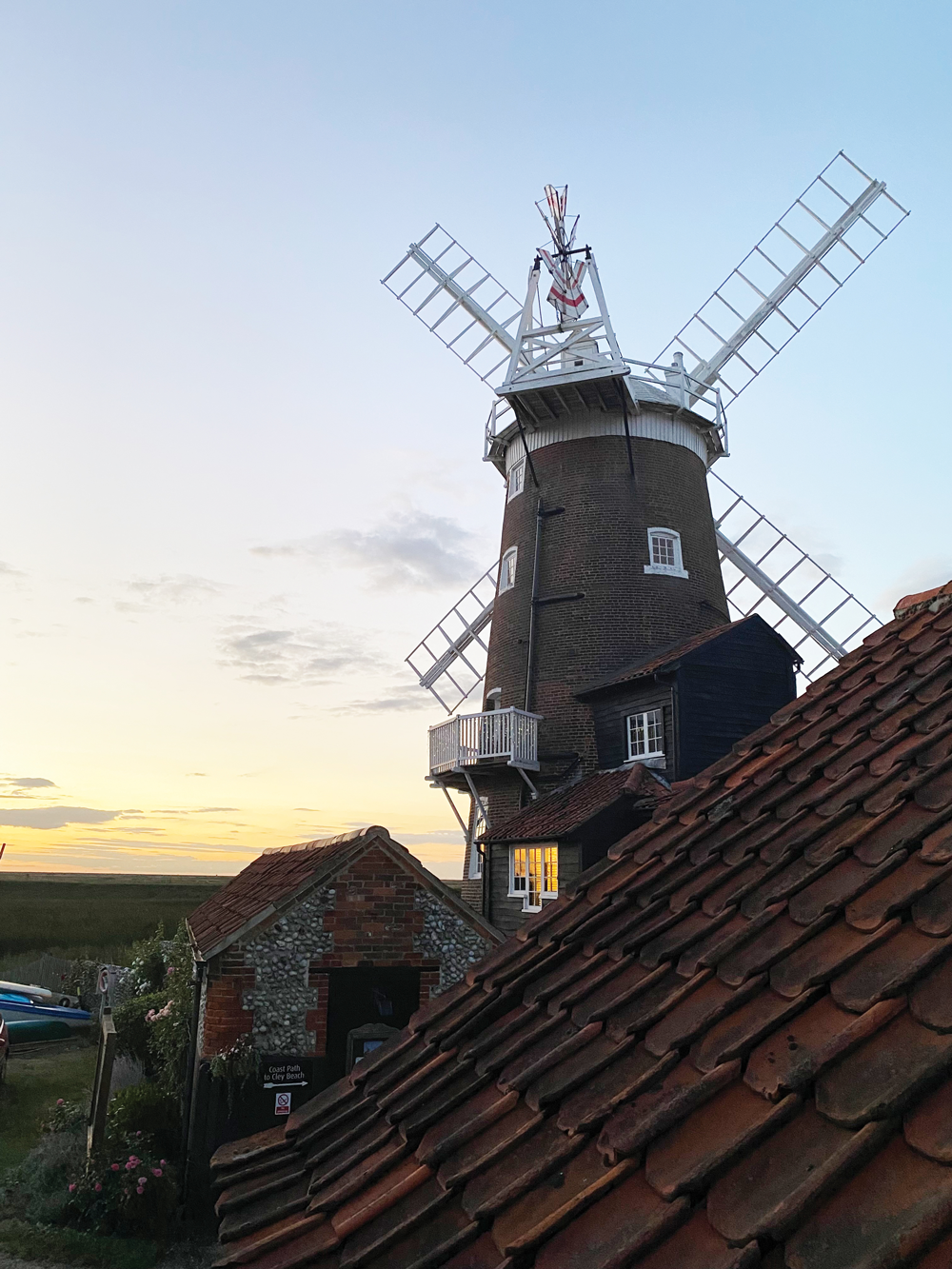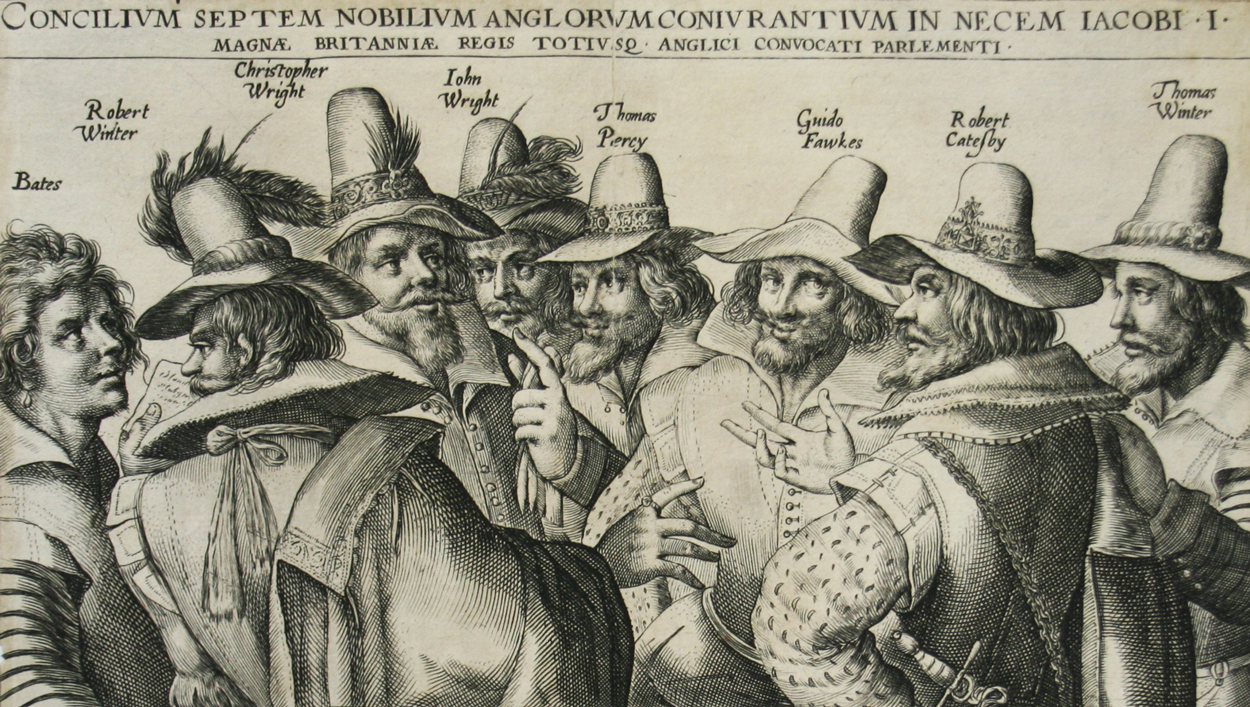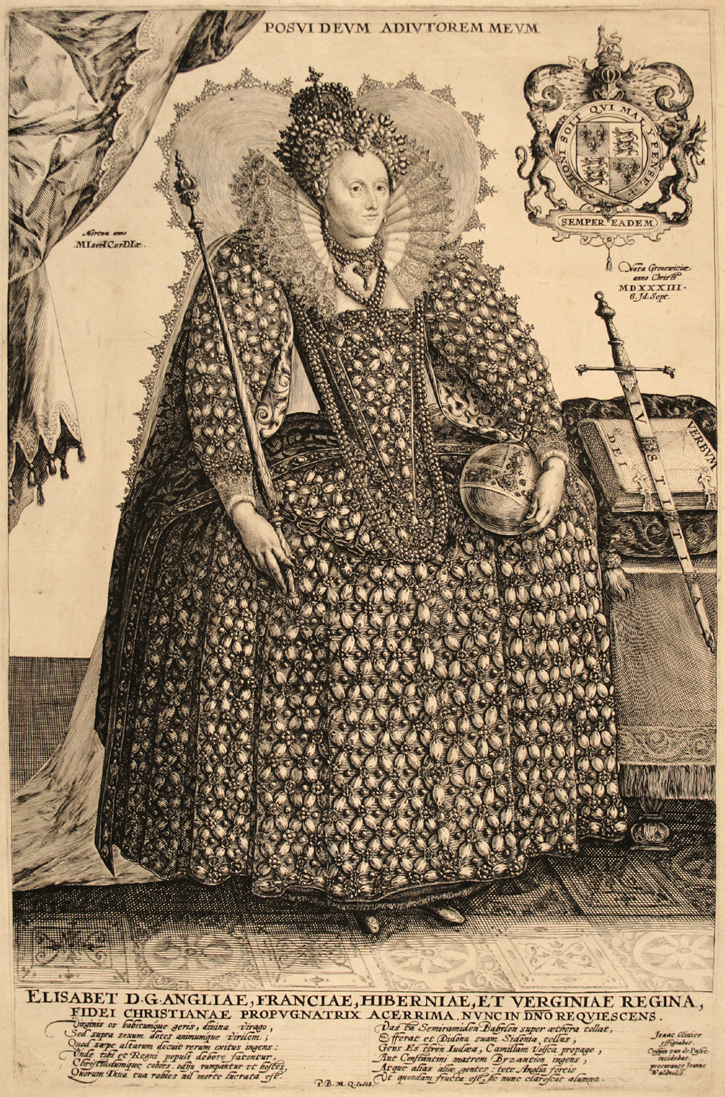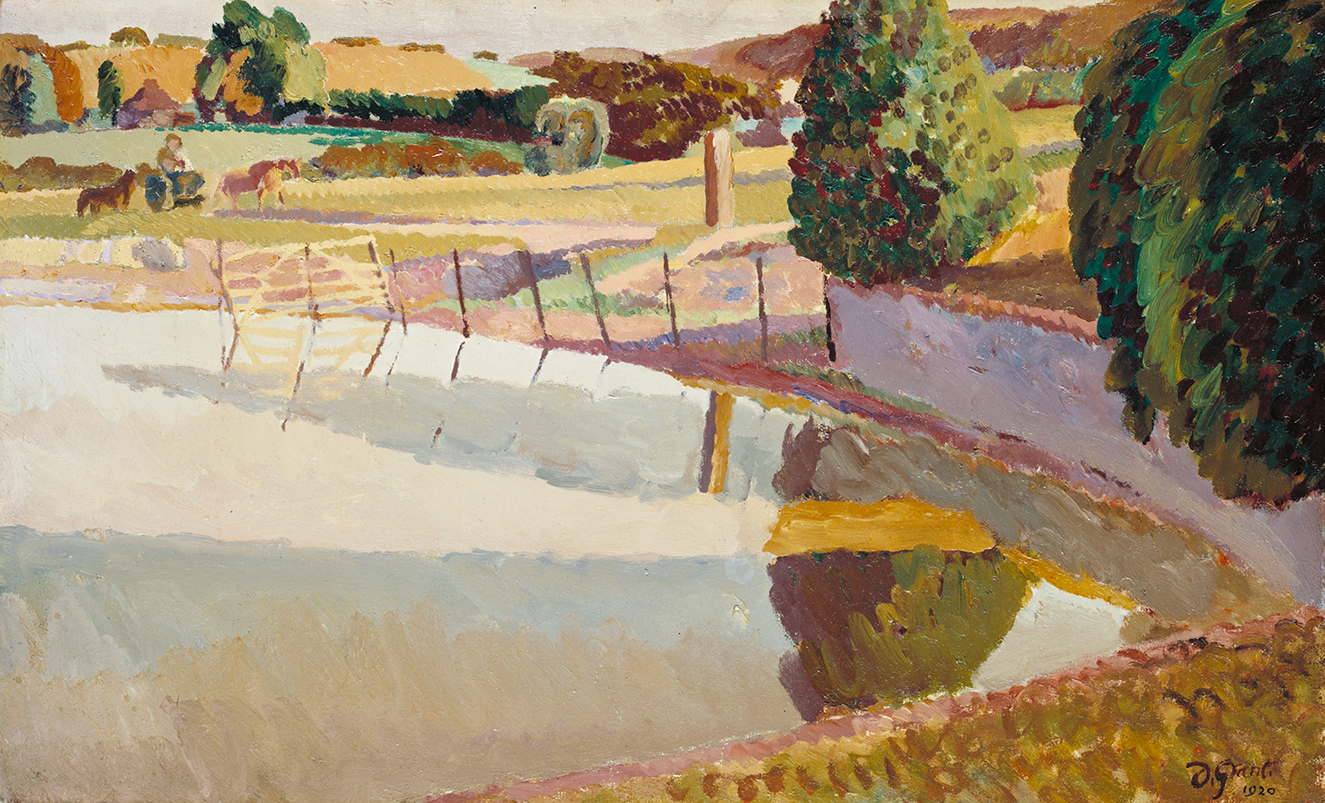
For more than a thousand years Sussex has drawn artists to her rolling Downland landscape and exciting coastline. Artists such as JMW Turner and John Constable, William Blake and Samuel Palmer were all inspired by, and worked in, Sussex and are represented in this exhibition. The 20th Century saw a revival of this ancient tradition with many of the leading Modern British artists living and working in the county.
Sussex Landscape – Chalk, Wood and Water at Pallant House Gallery eloquently describes Sussex as a creative centre for artists and writers. But at its heart this beautifully narrated five star exhibition examines how the particular qualities of the Sussex landscape have inspired artists across the centuries.
Work by JMW Turner are accompanied by contemporary artists like Pippa Blake, Jeremy Gardiner and Andy Goldsworthy.
And at its heart is a roll-call of many of the leading Modern British artists of the 20th century including William Nicholson, Vanessa Bell, Duncan Grant, Eric Ravilious, Ivon Hitchens and Edward Burra. Camden Town, Vorticists, Surrealists and Abstract artists are all represented.
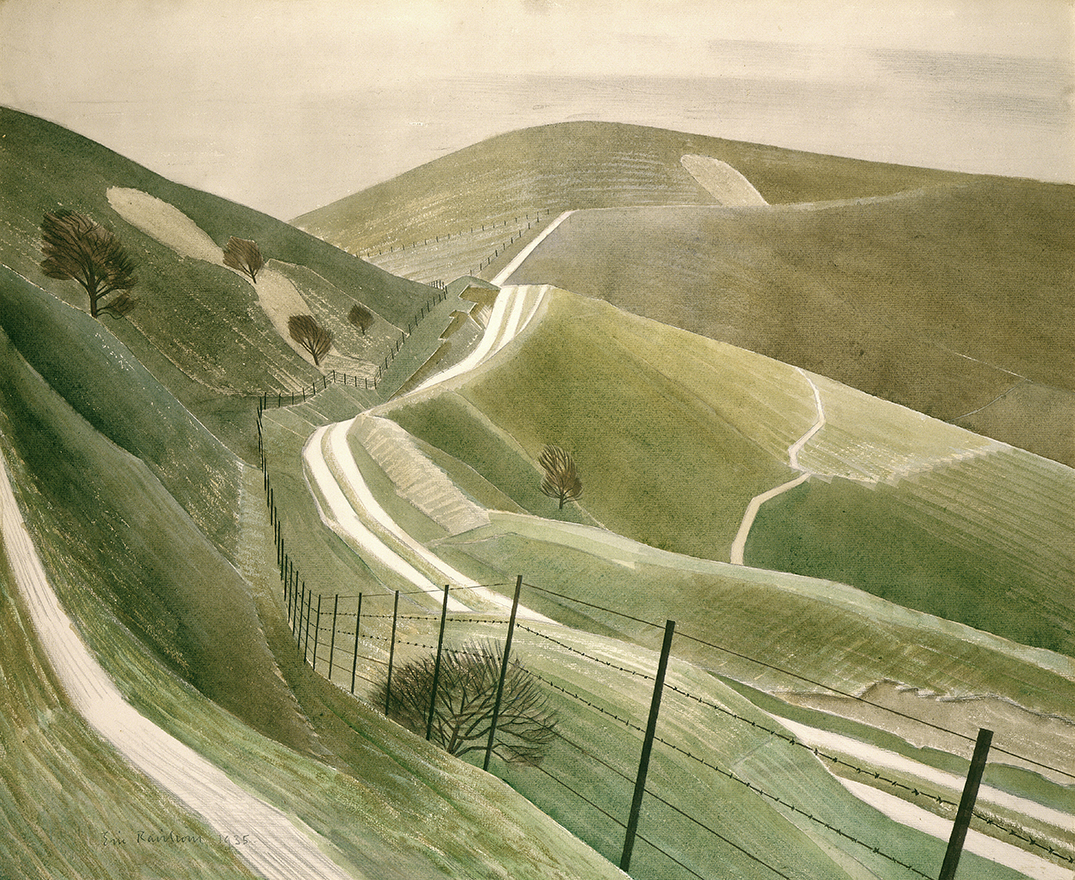
Eric Ravilious’ watercolour from 1935, The Chalk Paths leaves space for us as viewers to enter and occupy the landscape or scene in our imaginations.
The distance of the ancient, undulating chalk paths is emphasised by the barbed wire fence and the play of the breeze is discernable in the grassy hillsides painted in muted tones.
It was Vanessa Bell’s love for Duncan Grant and her sister Virginia Woolf which brought her to Sussex during the First World War. Her sister, the author, Virginia Woolf, wrote to her in the May of 1916 from Rodmell extolling the virtues and potential of Charleston house near Firle in East Sussex.
Duncan Grant’s Landscape, Sussex was painted in oils in 1920 and depicts the pond at Charleston. The curve of the pond’s edge echoes the enfolding Sussex Downland landscape.
Both paintings describe the inspiration and influence of the Sussex landscape on artists across the centuries.
We are a processional nation. We confidently embrace the modern and the new but always with one eye to the past. It is wonderful to see the modern and contemporary united in their narrative with works by JMW Turner and others from the 19th century. The exceptional exhibition catalogue is a must, too, and can be purchased from Pallant House Book Shop or online at www.pallantbookshop.com. Sussex Landscape – Chalk, Wood and Water runs at Pallant House Gallery Chichester until 23rd April 2023
